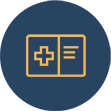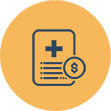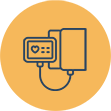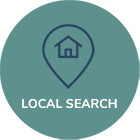Types of Health Insurance
Where you get health insurance coverage depends on your job, family, and income. Many Montanans get their health insurance through their employer or their spouse’s employer. Those who are not offered employer coverage (or those who face unaffordable employer coverage) can access health insurance through the new Health Insurance Marketplace.
The Health Insurance Marketplace (accessed through www.HealthCare.gov) connects individuals and families to both private and public health insurance plans, including Montana Medicaid and Healthy Montana Kids. This is done through a single, streamlined application in which you will instantly receive your eligibility results.
The Health Insurance Marketplace is also the only place where you can take advantage of the new Advanced Premium Tax Credit (APTC). This new tax credit helps make insurance more affordable – and more than 80% of Montanans qualify. Check out our calculator to see if you and your family are part of that 80%.
Medicare is a federal health insurance program for folks over the age of 65 and some younger adults who have a disability or certain illnesses. Medicare consists of four parts: A, B, C, and D, each covering different kinds of health care. If you have questions about Medicare or need help enrolling, Montana’s Area Agencies on Aging have SHIP counselors on staff who can help walk you through the process.









